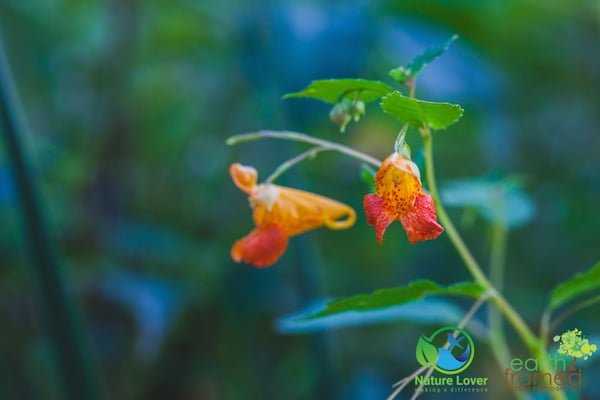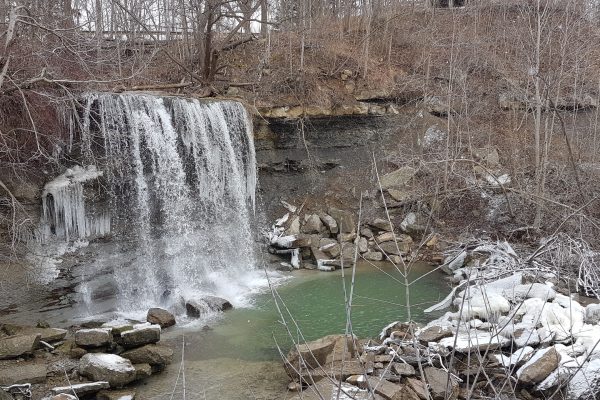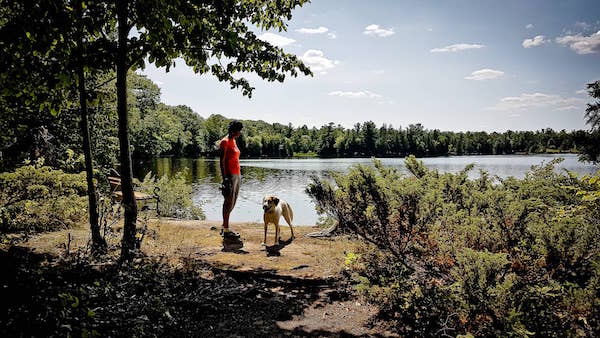Bridgeview Conservation Area 4278 Petrolia Line Petrolia, Ontario * north side of street
[two_third_last]
[/two_third_last]
Bridgeview Conservation Area, which is operated by the Town of Petrolia, features several trails that wind through the Carolinian Zone and past historic oil artifacts leftover from the 1800s. Along the trails, during the different seasons, you will see a variety of plant and wildlife. In the spring, summer and fall the trails and meadows are filled with native and non-native wildflowers.
If you hike the trails in August, as I did for these wildflower photographs, be sure to go when the grass has been cut and where insect repellent with DEET to discourage the mosquitoes from biting and to keep the ticks at bay.
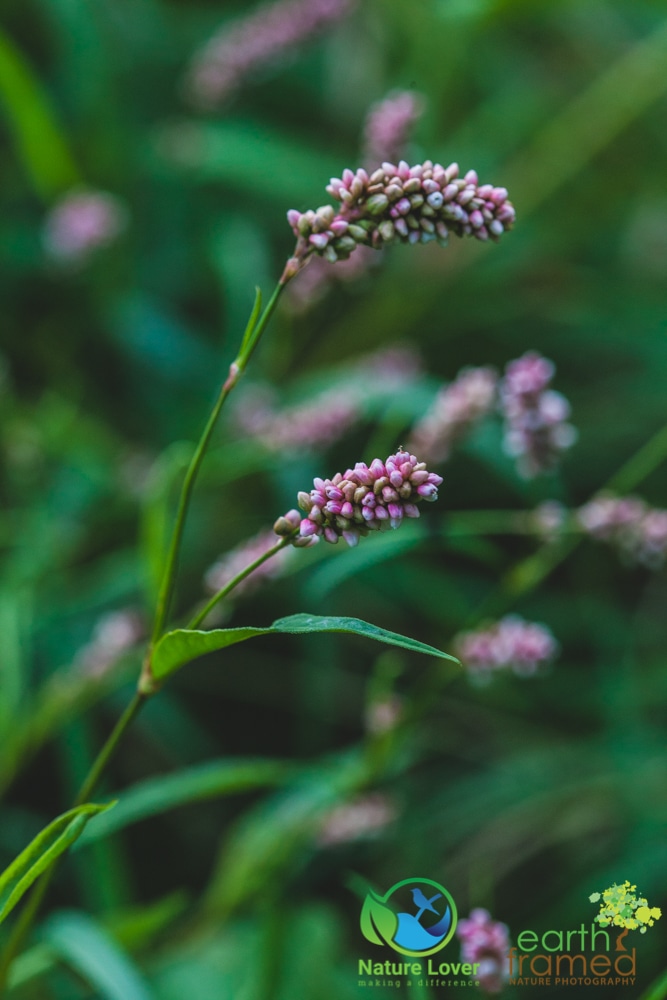
Smartweed, depending on the variety, can be a native or non-native wildflower. If you are photographing wildflowers for identification, be sure to take a couple of shots of the plant and its surroundings, the leaves, how the leaves contact to the stems, the base of the stem coming out of the ground, the underneath of the flowers, and the flowers themselves. Artistic images, like the one above, do not always help with identifying them. For example, if these Swampweed were sitting in a wet area, like a pond, then they might be Swamp Smartweed, which is a native species. Did it have long bristles coming from the sheath at the nodes (a node is the place on a stem where a leave grows from)? If it did then it might be the Asian Long-Bristled Smartweed. Was there a dark green splotch on the leaf that looked like a thumbprint? Then it would have been a European Lady’s Thumb. As it is, all I can say is that this is an example of over 35 Smartweed species and it was found in Petrolia.
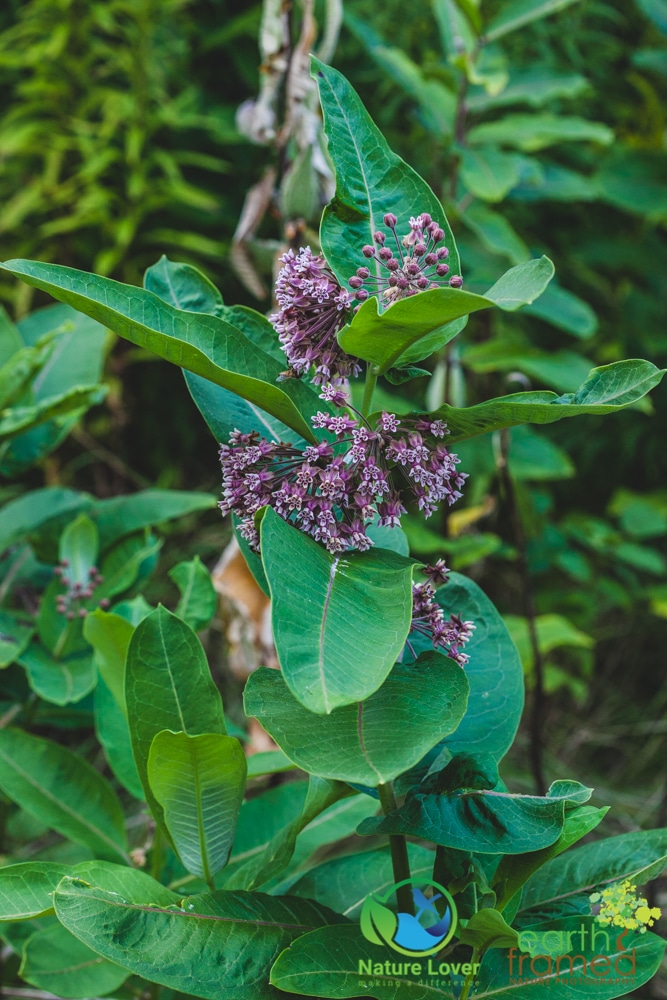
Common Milkweed is a welcome sight to any Monarch Butterfly lovers. There was a patch of these just on the edge of the one meadow and they looked very healthy throughout the growing season with huge pods to propagate at the end of the season. I didn’t see any eggs or caterpillars, but I didn’t really look that carefully.
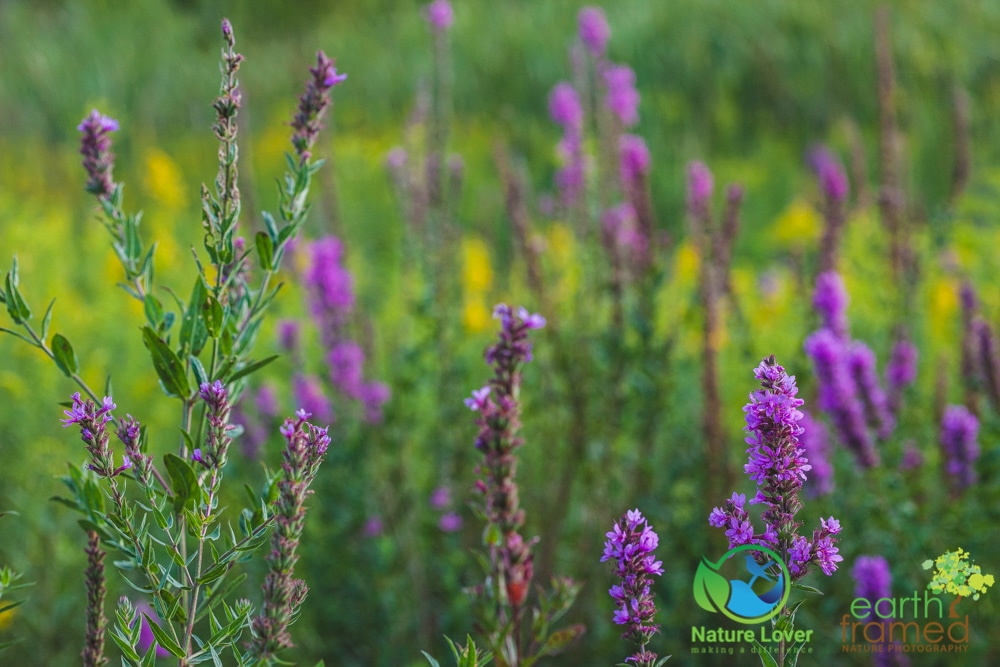
Purple Loosestrife is considered an invasive species that aggressively invades wetlands, roadsides and disturbed areas, like the Petrolia Flats, as locals call the park. In 1992 the Ontario government released two different European leaf-eating beetles that are known to reduce the populations of this invasive plants by 90 percent. As a result, Purple Loosestrife has decreased in numbers and has hopefully given way to more native wildflower species throughtout Ontario.

This Eurasian Bull Thistle is very prickly and is actually the national flower of Scotland. It is also known as Spear Thistle or Scotch Thistle and can be naturally found in Europe, Western Asia and northwestern Africa. Native species have learned to take advantage of this plant’s existence. You can find pollinating insects enjoying its nectar or goldfinches munching on its seeds. 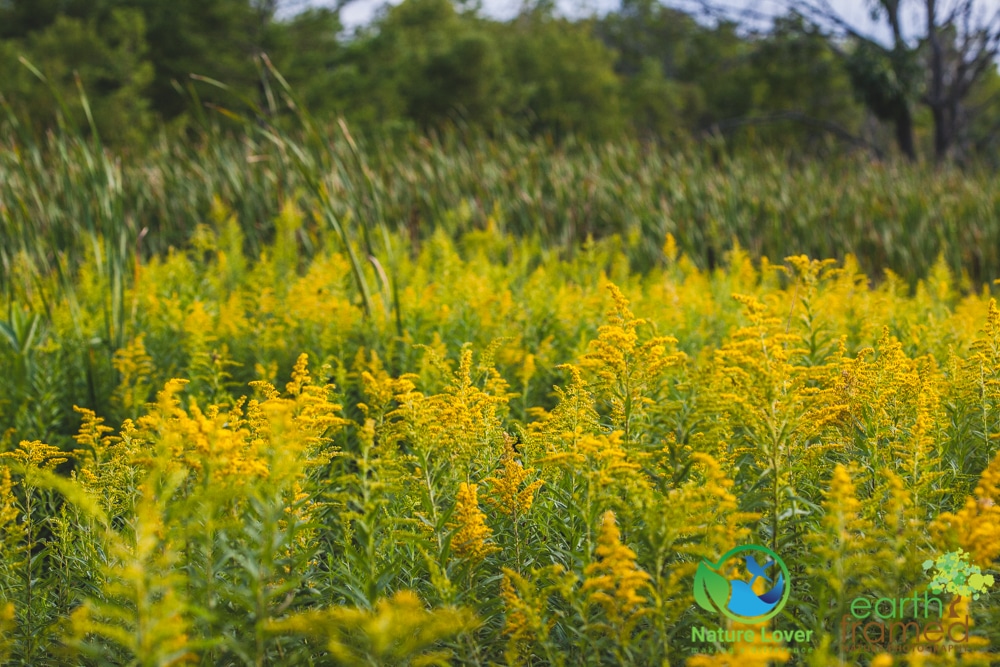
A field of goldenrods is a butterfly and bee’s paradise. This meadow was filled with a variety of native goldenrod wildflowers and I often see different species of butterfly fluttering between the plants.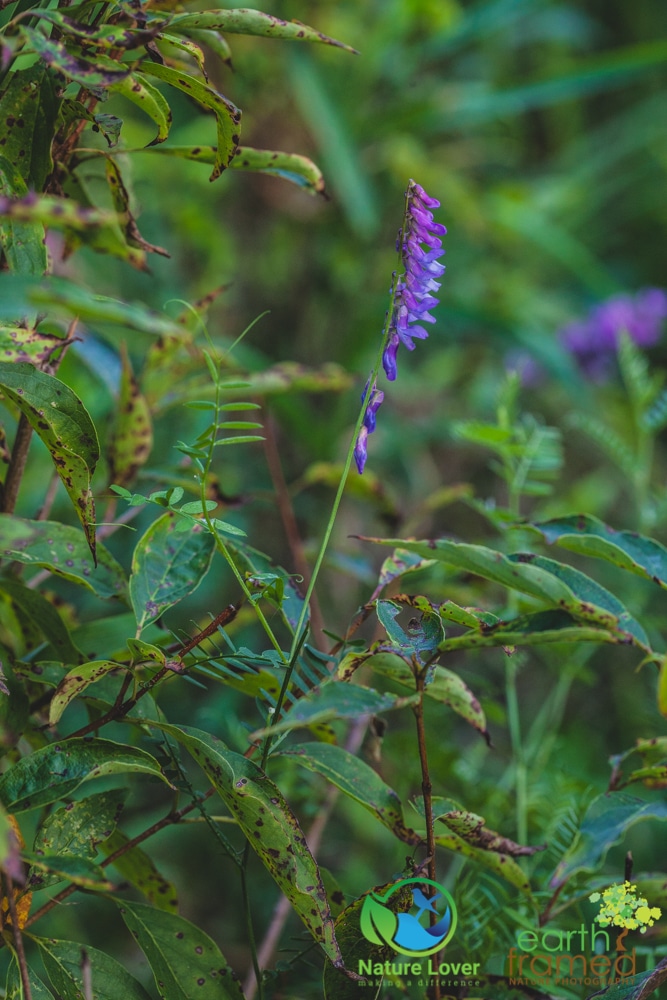
Cow Vetch, or Blue Vetch, is a non-native, vine-like plant with delicate leaves and flower heads. This plant is sometimes used as cover crops and have escaped the farmers’ fields and invaded natural areas. There are over 15 Eurasian species and only one native species, American or Purple Vetch.
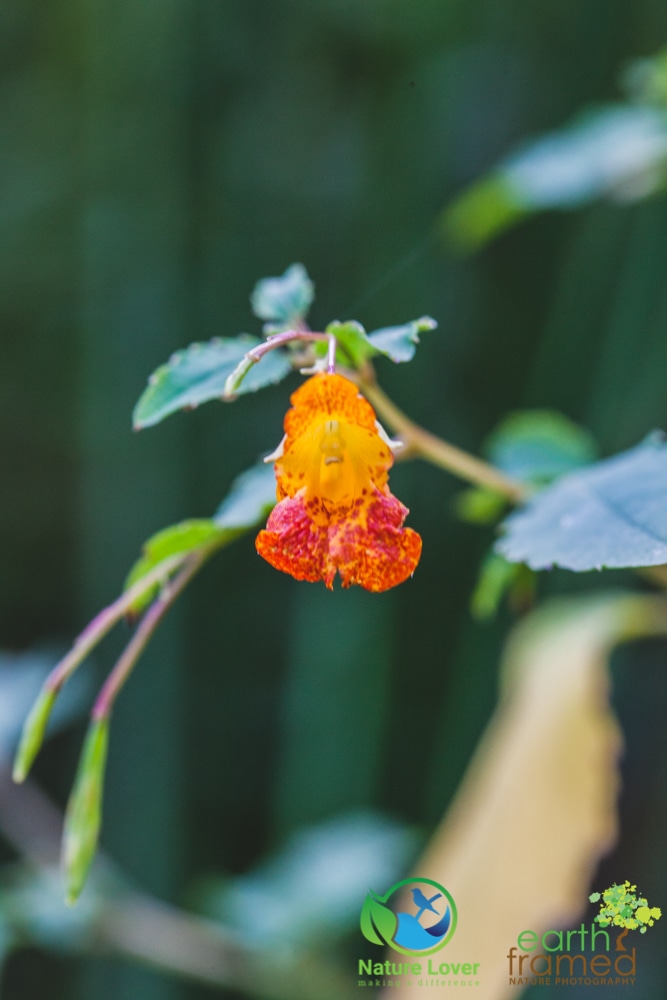
The Spotted Touch-me-not is a type of native Jewelweed that are hummingbird favourites, although other pollinators will visit them. The plant is bush like with nodding flowers. This beautiful plant can be found from July to October in shaded woods and wetlands.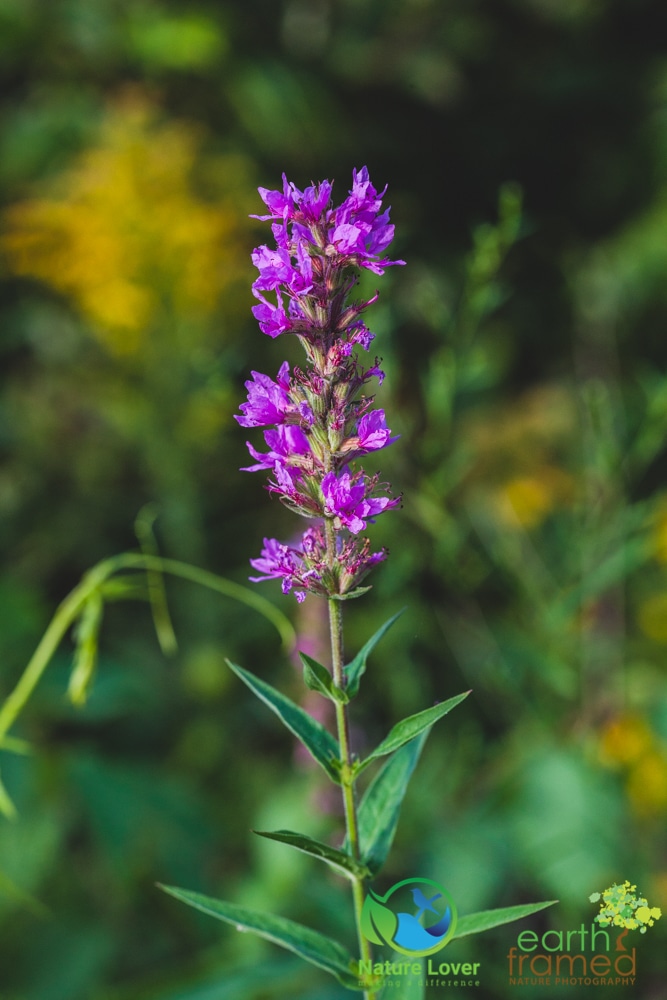
This is another picture of an individual Purple Loosestrife plant stem. 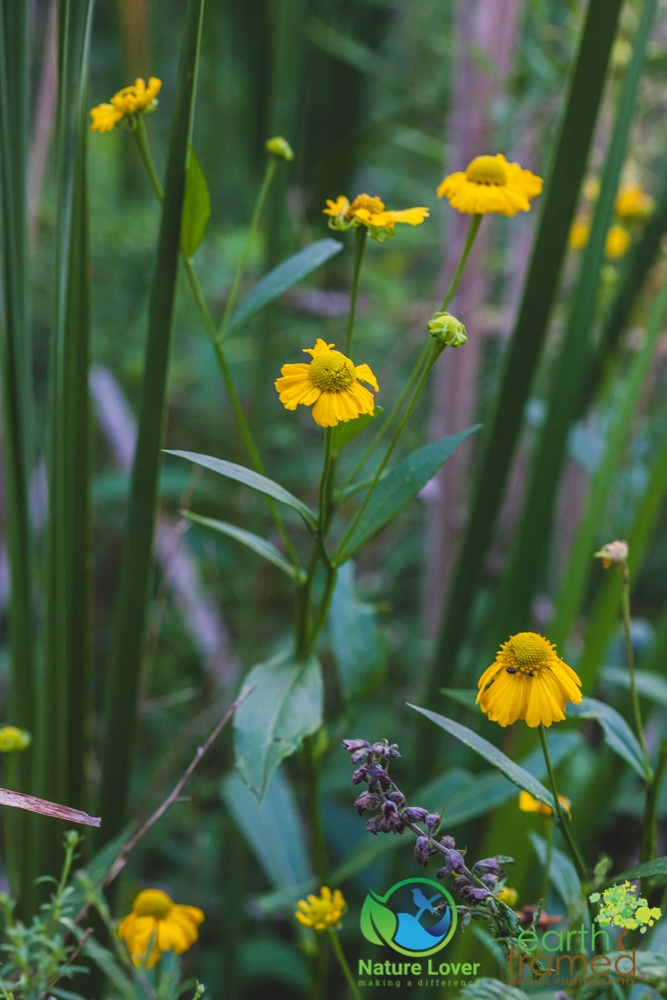
This late summer, early fall plant used to be dried and made into snuff in order to cause sneezing which would help rid the body of evil spirits. Aptly named from its use, Common Sneezeweed is a native species that is found throughout North America, except the far north and the Maritimes. When wanting to identify this plant, look at the ball-like center of the plant and how the leaves grow down from it. 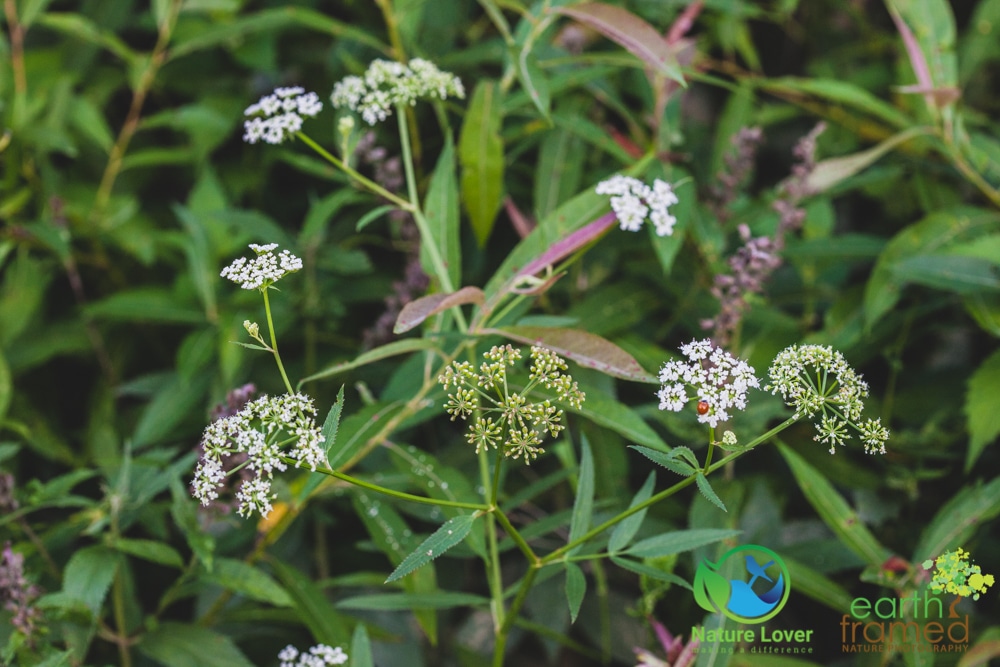
Often confused with other species in the Carrot Family, the Water Parsnip is a native, non-poisonous wetland plant. The similarly looking Water Hemlock has a stem with a purplish tinge, slightly different shaped leaflets and is poisonous. Due to how easy it is to misidentify these plants, it is best to avoid touching them at all.
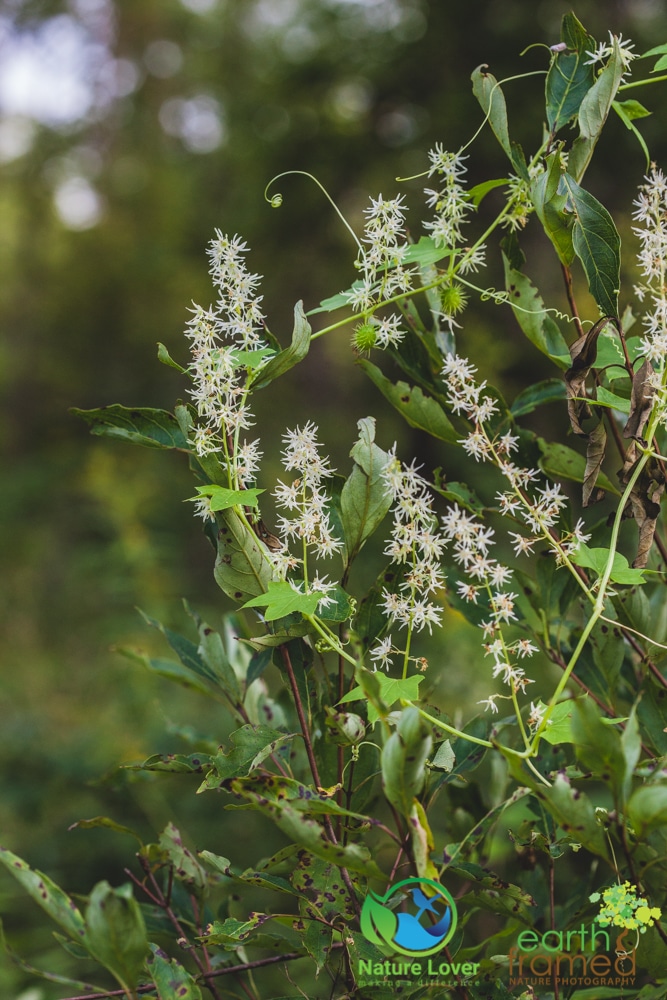
The native Bur Cucumber vine, also known as Wild Cucumber, is a very common plant and its fruit looks like cucumber but isn’t edible.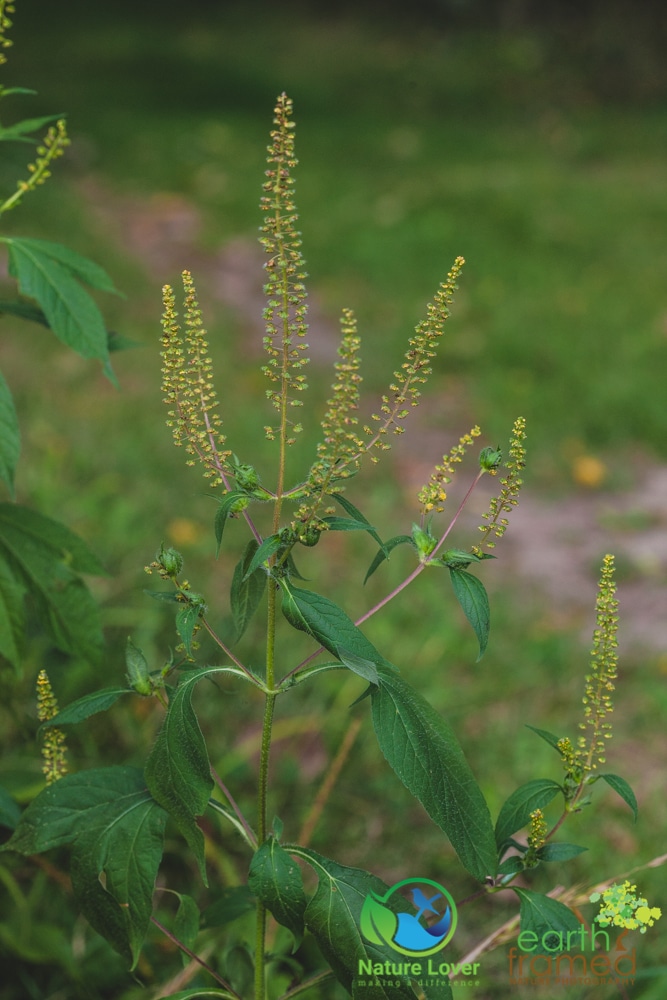
This plant will make you go rushing for some allergy medicine when it is blooming. Common Ragweed is loved by songbirds and upland game birds in the winter but despised by humans in the summer. Ragweed, unlike goldenrods, is pollinated by the wind and does not attract insects. When you are suffering from hayfever, it’s this plant that you need to blame, not the bright yellow goldenrods that are loved by butterflies and bees.


